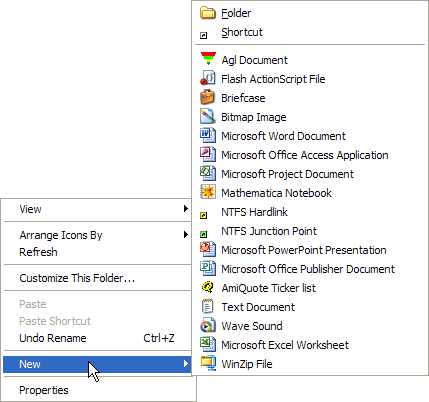...
NTFS Link is a Shell Extension that provides its functionality through the Explorer context-menu when you right-click. In the figure below, notice the NTFS Junction Point and NTFS Hardlink options. Another cool feature is that the extension knows about outstanding symlinks, so that if you move, remove or rename the target, the shell extension will warn you and give you the option of updating all of the references.
Download NTFS Link (500KB)
Download NTFS Link Source (70 KB)
Junction (for command-line)
...
| Panel | ||||
|---|---|---|---|---|
Win2K's version of NTFS supports directory symbolic links, where a directory serves as a symbolic link to another directory on the computer. For example, if the directory D:\SYMLINK specified C:\WINNT\SYSTEM32 as its target, then an application accessing D:\SYMLINK\DRIVERS would in reality be accessing C:\WINNT\SYSTEM32\DRIVERS. Directory symbolic links are known as NTFS junctions in Win2K. Unfortunately, Win2K comes with no tools for creating junctions - you have to purchase the Win2K Resource Kit, which comes the linkd program for creating junctions. I therefore decided to write my own junction-creating tool: Junction. Junction not only allows you to create NTFS junctions, it allows you to see if files or directories are actually reparse points. Reparse points are the mechanism on which NTFS junctions are based, and they are used by Win2K's Remote Storage Service (RSS), as well as volume mount points. If you want to view reparse information, the usage for Junction is the following:
-s Recurse subdirectories. If you want to create or delete a junction, use Junction like this:
To delete a junction specify the -d switch and the junction name. |
